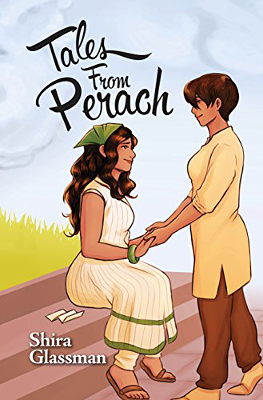 First Published: 20th September, 2016
First Published: 20th September, 2016
Genre: Young Adult Fantasy / Novel
Available: Amazon.com | Amazon UK
Andín’s dreams of the future come to an end when she gets an ancient demon stuck in her head. But it might be there are bigger problems in the world than one demon.
The setting is a secondary fantasy world at the start of its industrial revolution. There are factories and trains, alongside magic. Motorcars are just starting to appear in places, though not to the point of replacing horses. Socially, it’s a time of change. Women have few rights, which is first seen when Andín is unable to go to university. Her father thinks it would be a waste to send a girl, and instead wants to send her brother. It’s expected that Andín will marry and her brother will hold down a job. Yet these attitudes are being challenged, not only by Andín herself. At a larger scale, there’s a push away from emperors and monarchs towards democracy in some of the countries.
Things are a bit rocky at the start of the book. Neither Andín nor the demon come across as pleasant, with a lot of random angry outbursts. Some of these didn’t make sense, and still don’t even after thinking about them. I’d have expected the demon to be a little more cunning given his age, rather than giving away his presence through tantrums. A few extra lines in places might have clarified these reactions.
Once the initial mystery of how Andín ended up with the demon is resolved, it starts to really get going. I’m glad the book didn’t consist solely of the demon mystery, as it would have stretched a bit thin. It also gives them something else to be doing as they get used to each other.
The characters do get more interesting as they settle. One thing that’s particularly interesting is how the demon changes to having a new host. After years of inhabiting men, he initially thinks of himself as a man trapped in a girl. This starts to shift as the two merge together.
The cast is diverse, with non-white, lesbian and bisexual characters. There are some references to insanity as a shorthand for bad things, though it’s not as bad as most books in that regard.
This is a standalone book. It wouldn’t require a sequel to make sense. The choice of an industrial revolution setting is less common in the genre, which I appreciated. However, the slow start and initial difficulty getting to know the characters does make it harder to get into the story. Once I did, it was an entertaining read.
[A copy of this book was received from the publisher for review purposes]
 Series: Machineries of Empire, #1
Series: Machineries of Empire, #1 Series: Mangoverse, #5
Series: Mangoverse, #5 Collection: Solitary Travelers
Collection: Solitary Travelers